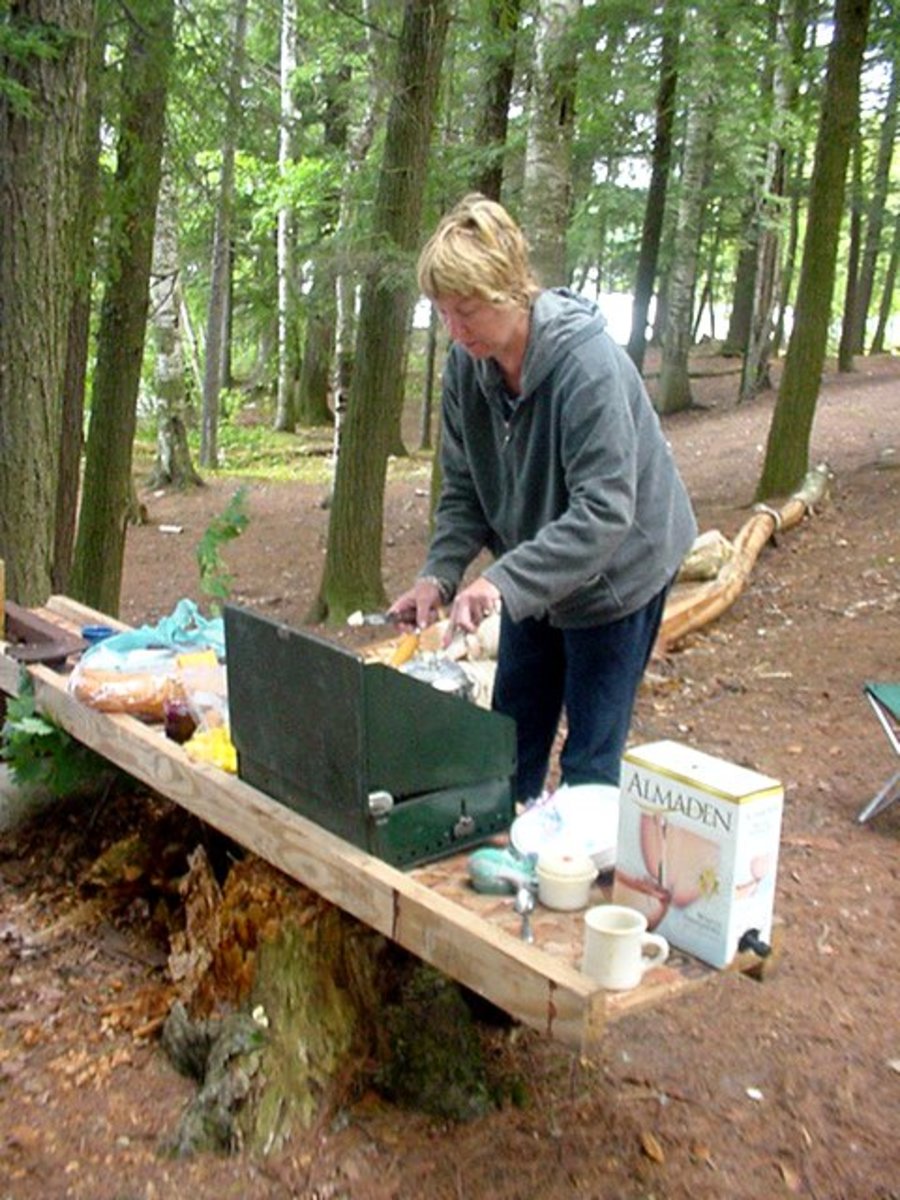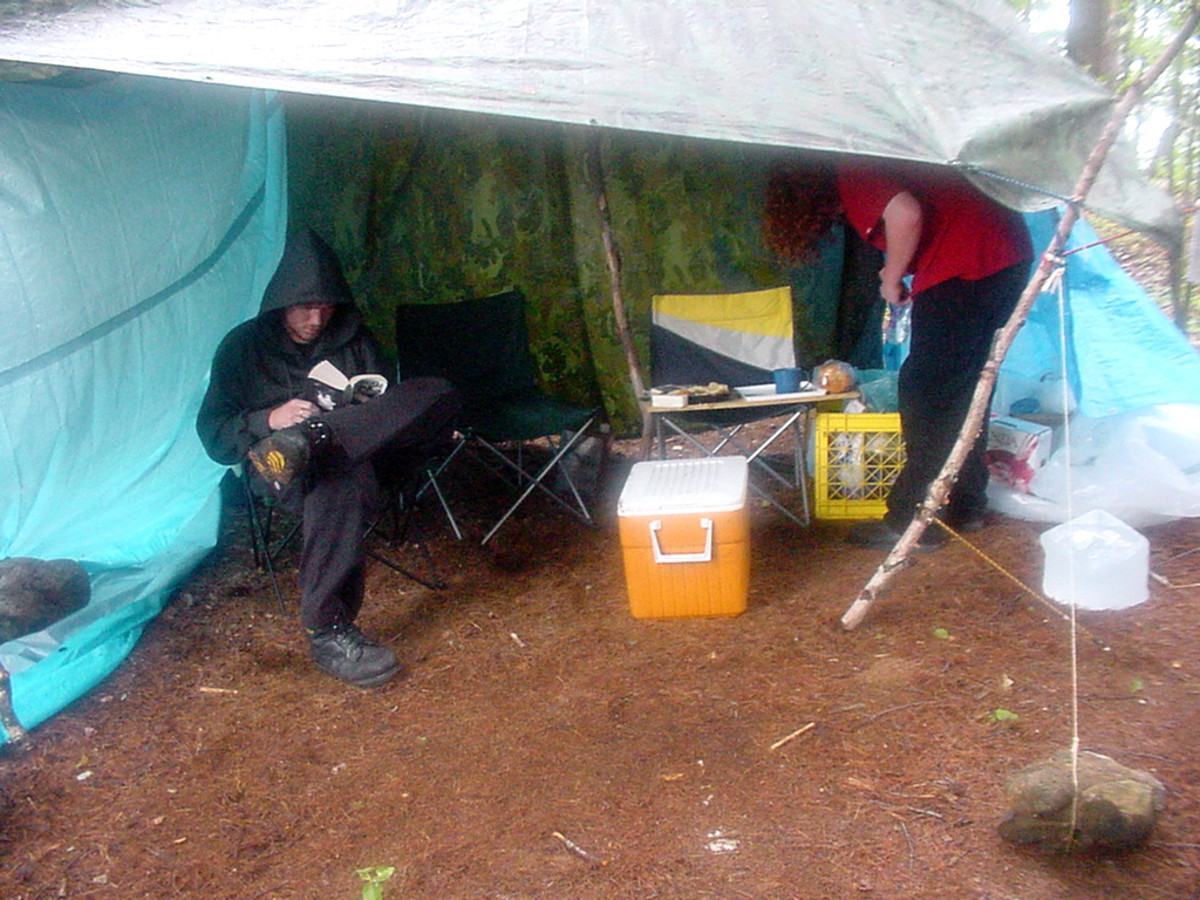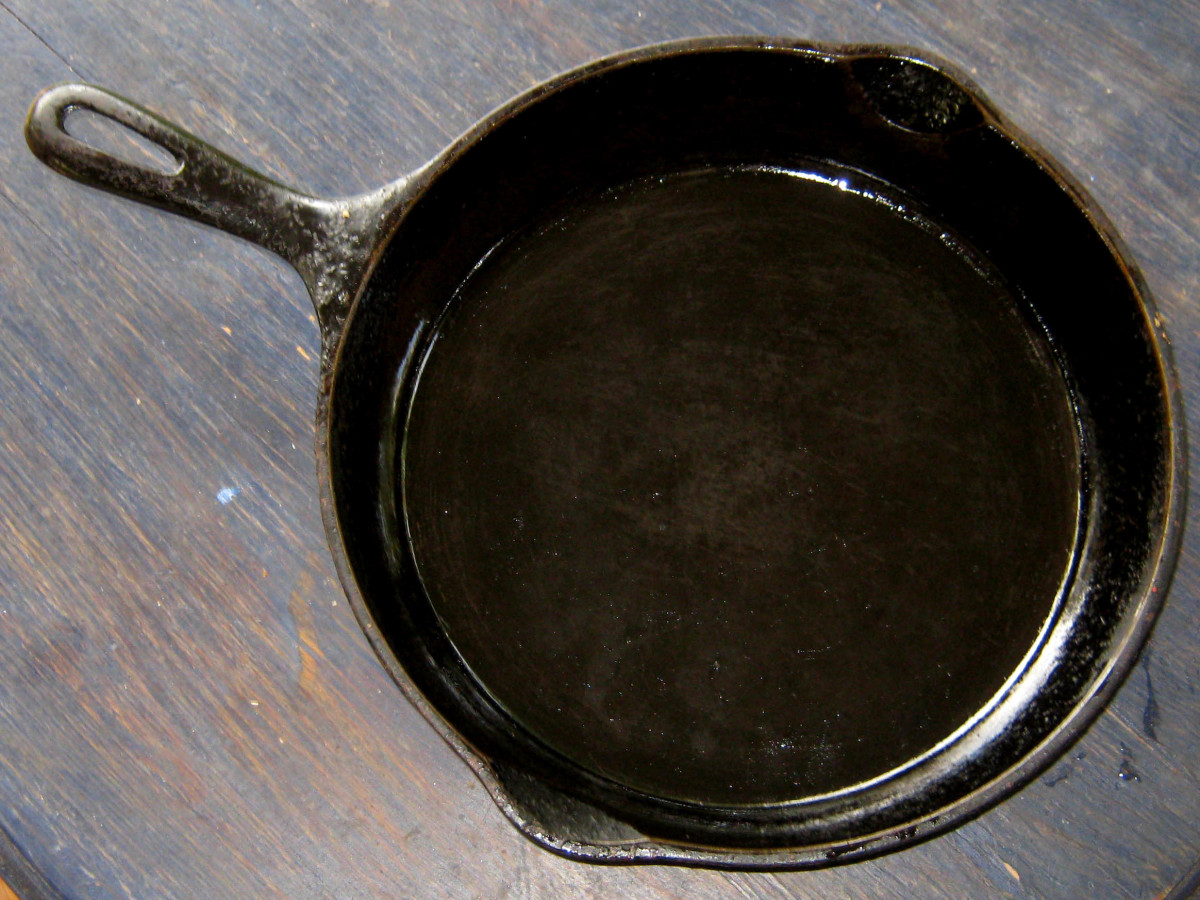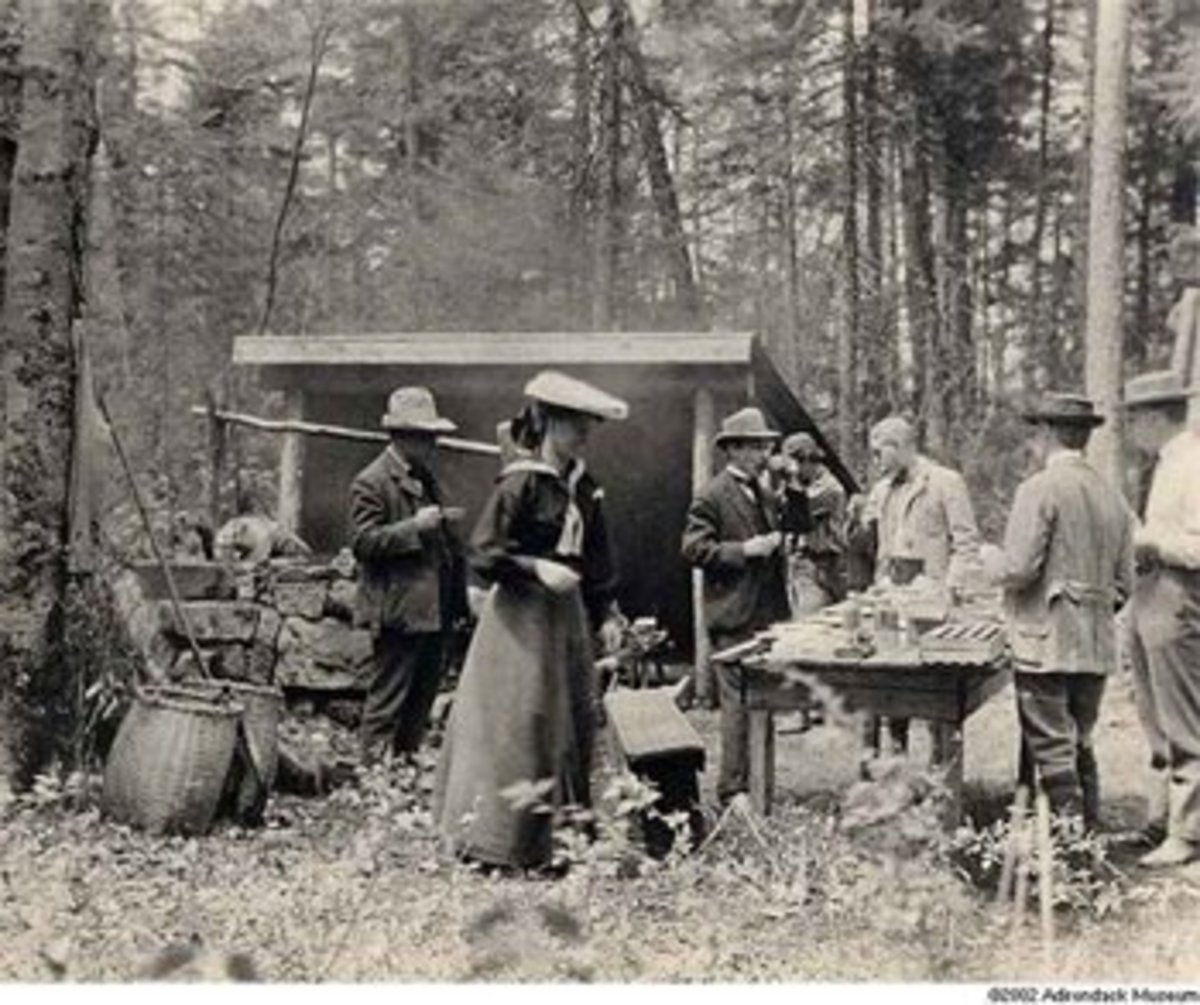Tent Camping: Food and Meals
Camp Kitchen

All About Camp Cooking
While the lack of refrigeration may put a damper on your style; space and storage are the main concern regarding camp supplies. But if you plan ahead and get a little creative, camp meals can be fun, nutritious and delicious.
Camp cooking may pale before your usual home-cooked gourmet feasts or favorite frozen food entrees but don’t worry – fresh air really whets an appetite. Everything tastes great!
Make sure you pack essential equipment, foods, storage containers and food preparation necessities. The last thing you want to do when you're camping is have to run out to the store. Of course many of the best camp sites are way too far from any store to make a grocery run even thinkable. If you do forget something, learn to make-do. That's all part of the camping experience.
Kitchen set-up is important too. A well-laid out kitchen makes cooking convenient, safe and fun.
The first thing is to build your kitchen with a large tarp, rope, branches or poles in case of rain. This sheltered area should be out of the wind and well away from the tents. If you have a campfire, the actual kitchen area should be set away from this for safety.
Remember never take food into your tent. Food attracts pests to your tent – insects, rodents and bears.
Food Shelter - It Doesn't Have to be Pretty

Kitchen essentials
- Water – 2.5 to 5-gallon containers. You need 2 – 4 quarts of water per day per person. And that’s only to drink. Don’t forget water will be needed for cooking and clean up.
- Stove and fuel (and waterproof matches)
- Tarp, ropes, clothesline, etc.
- Table or something to use as a table if you want to rough it.
- Seating – camp stools, camp chairs, logs, large rocks, etc.
- Frying pan and Dutch oven – cast iron is best but heavy. You can transport stuff in the Dutch oven.
- Coffee pot – can be used to heat water for tea, soup, pasta, coffee, hot chocolate or for doing dishes
- Plastic bowl or tub – for washing up and storage
- Rags, old towels, scrubbies and biodegradable soap
- Eating utensils – knives, forks and spoons
- Cooking utensils – sharp knife, can-opener, large spoon, spatula
- Cutting board – wood or plastic
- Cooler – good for up to 2 days if most of the food is frozen
- Plastic tubs with tight fitting lids (or bear proof container)
- Zip lock bags for food storage.
- Aluminum foil (wrap foods up and cook)
Cast Iron Pan


Food To Take on a Camping Trip
- Premade meals – dried, dehydrated, freeze dried (this stuff can be expensive, be creative and make your own meal ahead of time yourself)
- Tea, coffee, hot chocolate, dry juice mixes
- Hard cheese does not need refrigeration (I don't care what they say)
- Cereals – granola, cream of wheat, oatmeal, muesli
- Fruit – fresh and dried
- Nuts – great in meals or for snacking
- Sunflower Seeds – great in meals or trail mixes
- Breads – flat breads and hard crackers (regular bread gets squashed)
- Soups – instant Knorr, Ramen or bullion to make your own
- Lentils – quick cook, dried or canned beans
- Pasta – thinner cooks faster
- Dried veggies
- Honey, sugar
- Peanut butter
- Flavoring agents – soy sauce, hot sauce, salt, pepper, garlic, dried onion, cilantro, cinnamon etc.
- Canned meats – or dried
- Alfalfa or dry beans for sprouting (in a zip lock bag with damp paper towel).
- Chocolate, marshmallows, graham crackers! (For S'mores)
- Potatoes - you cam almost make a meal out of a baked potato (with cheese), or chop and fry up potatoes with eggs, onions, almost anything. A versatile, not squashable food.
Cooking over a camp fire
You opted out of youtube
Great Camp Meals
The first and possibly second night out, you can enjoy ‘fresh’ food from your cooler.
- Chicken breasts or cubed chicken cooks up real quick and can be added to rice or pasta. Or you can cook them at home to be eaten cold, or rewarmed.
- Foil pack dinner – ¼ pound of ground beef per person, chopped onions, carrots, celery, garlic and cubed potatoes with a splash of soy sauce. Close tightly and set on coals or on stovetop and cook for 30 minutes or so.
- Hot dogs and beans are great All-American camp foods.
After the ice has run out, dinners can still be delicious :
- Macaroni and cheese (packaged or camp-made)
- Canned chili
- Canned stews
- Pasta and dried veggies
- Grilled cheese and soup
- A Delicious Beans and rice dish: Cook rice. In pan sauté garlic and chopped onions. Add canned black beans and canned chopped tomatoes. Heat up and add cilantro, pinch of salt and lime juice. Serve bean mix on rice with shredded sharp cheese.
- Fresh fish! You can enjoy fresh food anytime if you’re lucky enough to land a legal sized one. Clean the fish well away from campsite and bury the guts (to deter bears). Never wear your fish cleaning clothes in the tent. Cook and serve the fish as soon as possible for maybe the best meal you have ever eaten!
Deter those pesky bears
Personally, I would never camp in a state that contains grizzly bears. No offense to the folks (or bears) who inhabit those beautiful places. Maybe I’ve watched too many movies. Maybe I’m just a big baby. But if you are new at camping, you need to be careful and remember that it’s the bear’s home, not yours. You are the intruder and sometimes certain bears are not too happy with that.
Now, black bears, though appearing to be large, cuddly creatures can be dangerous as well as messy. Nothing a black bear likes more than to raid a campsite, eat up all the brownies and cookies and throw everything else all over the place.
- Avoid areas frequented by bears.
- Use a bear vault - a strong bear proof container that can be purchased. Some camp sites provide bear vaults.
- Try to spot the bear before he spots you; avoid him by backing quietly away.
- Hoist your food container into a tree 4’ away from the trunk and 10 ‘ above the ground if there are bears in the area.
- Bang pots and make some noise if you think a bear is poking around. Supposedly, they don’t like a lot of racket. However, some folks think the banging of pots is like the bear’s dinner bell
Source: https://skyaboveus.com/camping/Tent-Camping---Food-and-Meals


No comments:
Post a Comment